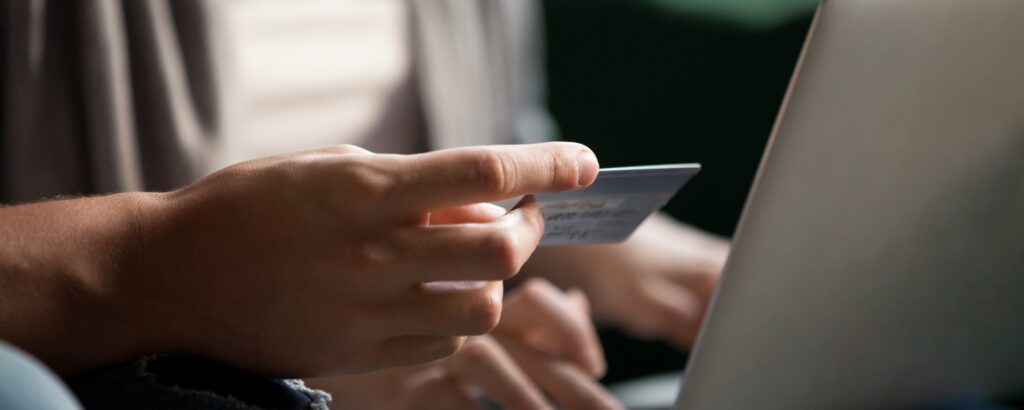Buyer protection in online trading
Share this article
Categories

What is buyer protection?
This can sometimes happen: You deliver defective goods to your customers, send a different product or they don't receive a parcel from you at all. This is certainly annoying and many of those affected would like their money back immediately. The impatient among them can then turn to the payment service provider if they have paid in advance and the provider offers so-called buyer protection. The conditions under which you get your money back vary depending on the provider. However, the buyer protection programs of all providers have one thing in common: they exist in addition to the statutory warranty claims and the right of withdrawal. The aim of buyer protection is to protect buyers from rogue traders.
Who offers buyer protection?
Most of the common payment services now offer a buyer protection program. These include the following:
- PayPal
- Klarna (invoice/immediately)
- Paydirekt
- Amazon Payments
- Trusted Shops
- certain credit cards
However, there are sometimes considerable differences in the form of buyer protection. Here are a few examples: Some programs do not offer buyer protection in all three cases, but only in individual cases - with Trusted Shops, for example, it does not apply if the goods have a defect. At ebay, services, vouchers, digital products and vehicles are excluded from buyer protection. Some providers put customers at a disadvantage if they are based in another EU country. And many payment service providers also require those affected to first try to reach an agreement with you.
There are some special features with PayPal: This provider refuses buyer protection if the customer has paid using the "send money to family or friends" function. In addition, they may have to be quick here: if PayPal support has questions about the case, they can also determine the deadline within which customers must respond if they do not want to lose buyer protection. In the past, this period was always ten days.
What is the difference to the statutory warranty?
Irrespective of buyer protection, the statutory rights of withdrawal and warranty apply. This means that
- If your customer cancels the contract within 14 days, you must refund the purchase price without any questions asked. However, your customer must return the item to you. In this case, the buyer protection does not apply.
- If your customer claims subsequent performance, you may initially keep your purchase price. However, you must repair the defective goods or deliver new replacement goods. If this fails repeatedly, the customer has the right to withdraw from the contract. You must then refund the purchase price.
The differences: With buyer protection, he or she gets the money back much faster without you having to repair or replace the goods first. With the statutory warranty, you can practically be forced to provide supplementary performance if the purchase was made within the last two years. However, you can also insist on this at the same time.
What you need to know as an online retailer
In most cases, buyers do not have buyer protection if you can prove that you have shipped the goods, e.g. with a shipping receipt, proof of delivery or a signed delivery confirmation. If customers apply for buyer protection, the providers will request this proof from you. If you can provide the proof, the provider will reject the buyer protection application.
What advantages does buyer protection have for me as an online retailer?
Mirroring the protection for the buyer, payment service providers also offer a seller protection program for you as a merchant. With PayPal, for example, this means that you will receive the full amount of your authorized payments in the following case:
- A transaction was not authorized or your customer has not received your item,
- He or she therefore submits a buyer protection request, a payment is reversed or a chargeback is made,
- You have your Paypal account in Germany, Austria or Switzerland,
- It concerns a transaction for tangible goods or - for transactions after April 13, 2020 - intangible items such as travel, tickets and digital goods.
But beware: you must do the following to receive your full costs:
For material goods:
- You have sent the item to the shipping address in the "Transaction details",
- You provide proof of shipment, proof of delivery or, if applicable, a signed confirmation of delivery.
For intangible or digital goods:
- You prove that you have provided the items or digital goods as described or that you have provided the service as described. This must clearly show that your buyer has received the goods or services or has benefited from the transaction;
- You must comply with all terms and conditions that apply to the purchase and have integrated everything technically as required by PayPal;
- You must use the standardTransaction fee have paid.
Are there cases in which I have no seller protection?
Yes, there are exceptions with PayPal in which your purchase price claim is not secured by the seller protection program. These are the three most important ones:
- Your customer justifies the buyer protection request or the chargeback by stating that the item you delivered differs significantly from your item description.
- You delivered the item personally.
- Your customer has paid with the "Family and friends" function.
Conclusion: Buyer protection programs offer buyers additional protection on top of the legal rights they already have against you. But you also have advantages when payment service providers offer seller protection at the same time: Your full purchase price is protected in many cases. If payment service providers offer (seller) buyer protection programs, this is no reason for you to bury your head in the sand.
Further contributions
No contributions found.
